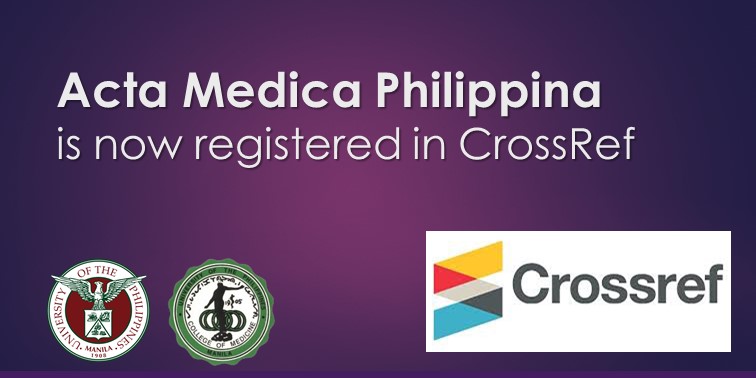Sedation Practices for Intubated Patients with COVID-19 and non-COVID-19 Acute Respiratory Distress Syndrome and its Effects on Clinical Outcomes
DOI:
https://doi.org/10.47895/Keywords:
COVID-19, ARDS, sedation practices, intensive care, sedativeAbstract
Objective. To compare the sedation practices of adult intubated patients with COVID-19-related Acute Respiratory Distress Syndrome (C-ARDS) and ARDS from other causes, and their impact on clinical outcomes in a tertiary hospital.
Methods. We performed a retrospective cohort on the sedation practices of adult intubated patients with C-ARDS and non-C-ARDS admitted to the intensive care unit of a tertiary hospital from January 2021 to December 2021. Electronic medical records were reviewed to obtain sedative use, sedative dosages, clinical outcomes, and complications.
Results. Among the 150 included patients, 112 had C-ARDS, and 38 had non-C-ARDS. The C-ARDS group showed a significant difference with the non-C-ARDS group in terms of BMI (24.11 vs. 21.09 kg/m2, p<0.001), use of higher PEEP (16 vs. 10, p<0.001), and prone positioning (40.18% vs 2.63%, p<0.01). In terms of sedation practice, C-ARDS patients targeted deeper RASS scores (p=0.038), with a significantly higher proportion receiving more than one sedative (82.14% vs. 18.42, p<0.001) than non-C-ARDS patients. Sedation doses for midazolam (78 mg/d vs. 36 mg/d; p=0.01) and propofol (mean 2626±1312.97 mg/d vs. 1742±380.99 mg/d; p=0.007), were significantly higher among C-ARDS versus non-C-ARDS group. Durat ion of hospitalization (9 vs. 20 days; p<0.001) and vent ilator use (7 vs. 14.50 days; p<0.001) were significantly shorter in the C-ARDS group, albeit with a high mortality (100% vs. 89.47%; p=0.004). Shock-requiring pressor was significantly associated with multiple sedation use [OR=15.11 (1.52-2032.89); p=0.017] and combinat ion use of benzodiazepine and non-benzodiazepines [OR=11.51 (1.17-1541.91); p=0.034] in the C-ARDS but not the C-ARDS group.
Conclusion. Patients with C-ARDS had higher sedation requirements in terms of dosage and number of sedat ives. The use of multiple sedatives was significantly associated with shock-requiring pressor. We recommend the development of a sedation protocol to guide sedat ion practices and monitoring of complications in the critically ill.
Downloads
Published
Issue
Section
License
Copyright (c) 2025 Acta Medica Philippina

This work is licensed under a Creative Commons Attribution-NonCommercial-NoDerivatives 4.0 International License.




.jpg)



